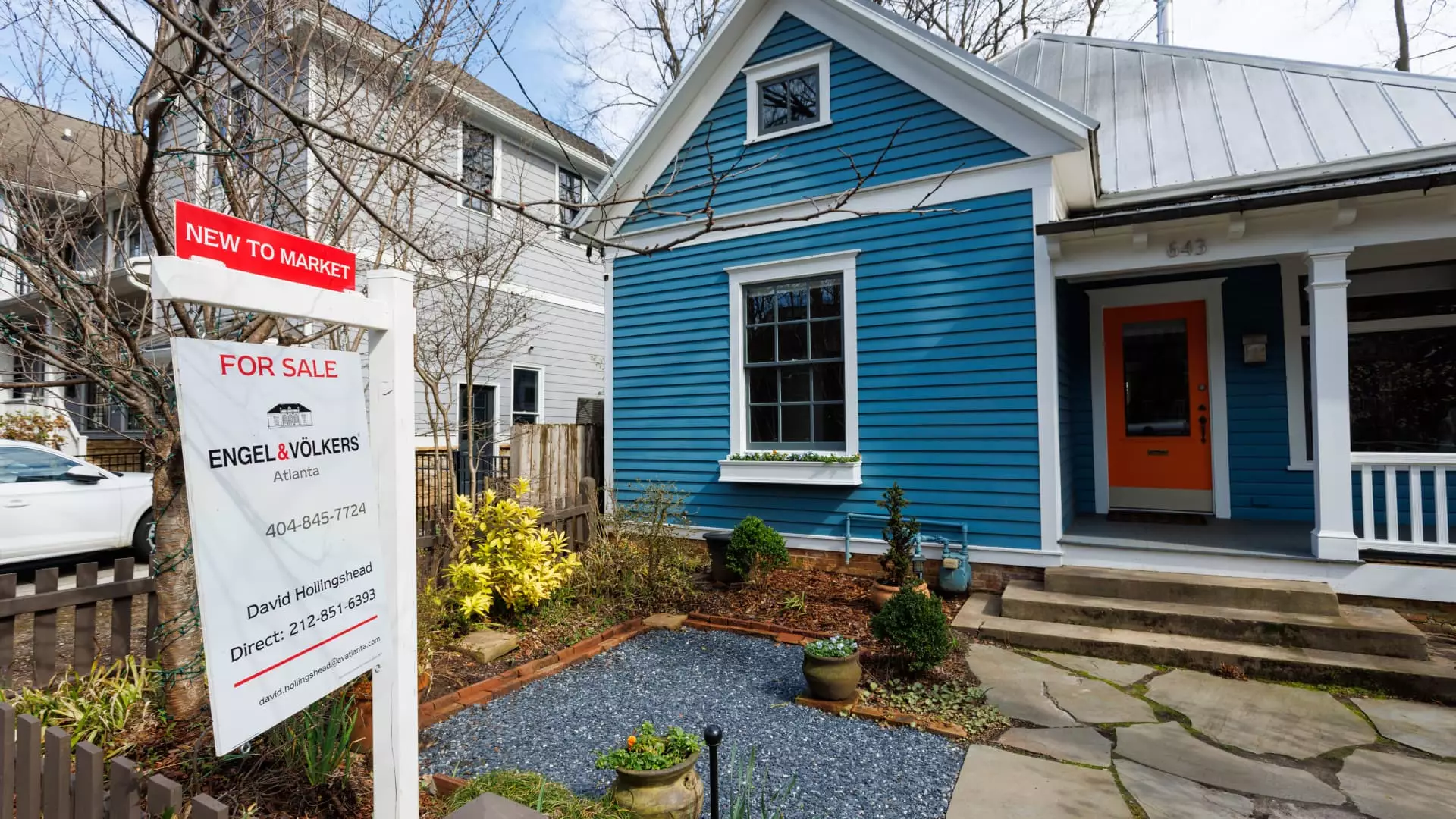In February, reports revealed a surprising 4.2% increase in the sales of previously owned homes, presenting a somewhat paradoxical scenario against the backdrop of rising mortgage rates and lingering economic uncertainty. While this uptick represents 4.26 million units sold on a seasonally adjusted annualized basis, it is imperative to recognize that this figure is not as rosy as it initially appears. Industry analysts braced for a 3% decline, suggesting a disconnect between expectations and reality. However, the 1.2% drop in sales compared to February of the previous year paints a more sobering picture, revealing that the market is still grappling with challenges.
First-Time Buyers and Inventory Shifts
The unexpected surge in sales can be attributed in part to a reawakening of first-time buyers, who accounted for 31% of the sales compared to 26% the year before. This demographic shift indicates a bit of momentum, fueled by an influx of housing inventory. However, a critical examination reveals that while new opportunities are emerging, the inventory remains precariously low, with only a 3.5-month supply available in a market where six months is deemed balanced. The current landscape suggests that although buyers are tentatively entering the fray, they are doing so under duress, competing in a market that is anything but forgiving.
The Reality of Rising Prices
Amid this fluctuating market, one stark reality emerges: home prices are escalating. With a median price of $398,400 for homes sold in February—an increase of 3.8% from last year—it’s evident that affordability remains a pressing concern for many. This record high raises questions about the sustainability of such aggressive price hikes, particularly when consider the financial pressures faced by the significantly larger segment of the population not adequately represented in the sales increases, namely, those below the median income level.
Moreover, the dichotomy between the luxury market and the affordable housing sector is glaring. Sales volume rose chiefly in the higher price brackets above $750,000, while transactions around the median price experienced a downturn of 3%. This divergence reveals a deeper issue: the wealth gap is manifesting itself in the housing market, forcing potential homeowners to either stretch their finances perilously or miss out altogether.
Investors Pulling Back
As the market adapts to changing economic conditions, a noteworthy trend has emerged: investor participation has declined. Making up only 16% of sales this February, down from 21% the previous year, this reduction signifies a cautious approach from those who have traditionally driven market dynamics. The stability of all-cash sales at 32% suggests that owner-occupants are increasingly using cash to secure their investments, yet it also raises alarms about the accessibility of home ownership to the general populace.
This combination of factors, challenging as it is, underscores the delicate balance that is currently at play in the real estate market. Regulators, economists, and potential homebuyers must navigate this labyrinth, where the glimmer of recovery can often be overshadowed by the stark realities of affordability, supply, and overall market health.


Leave a Reply